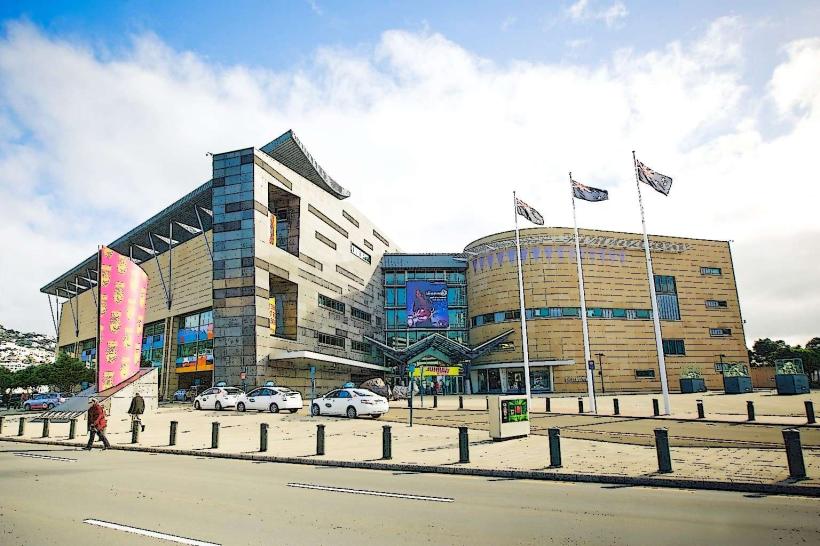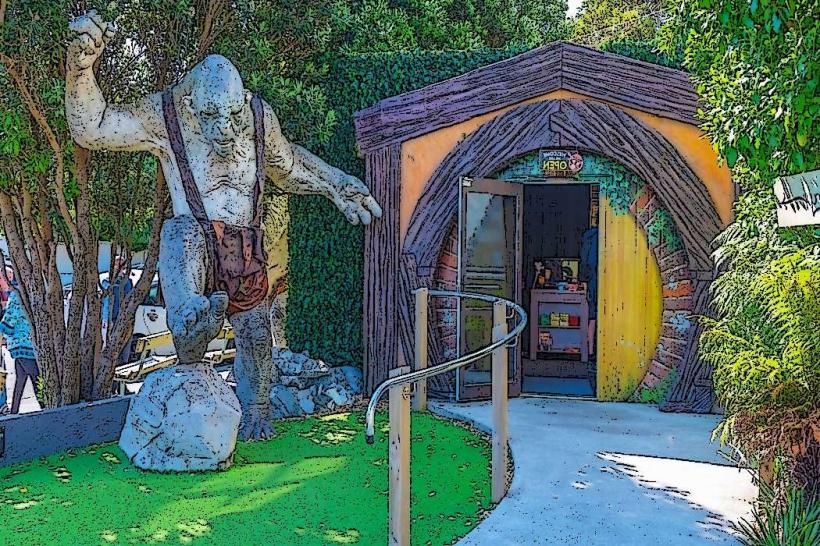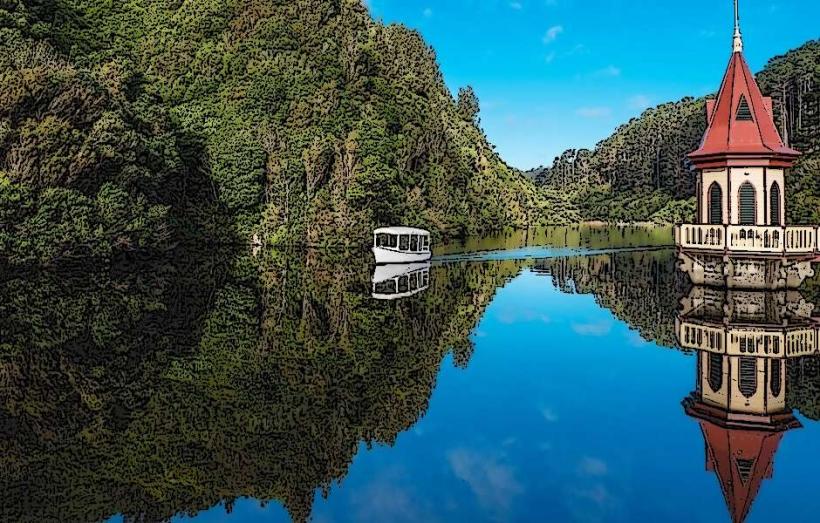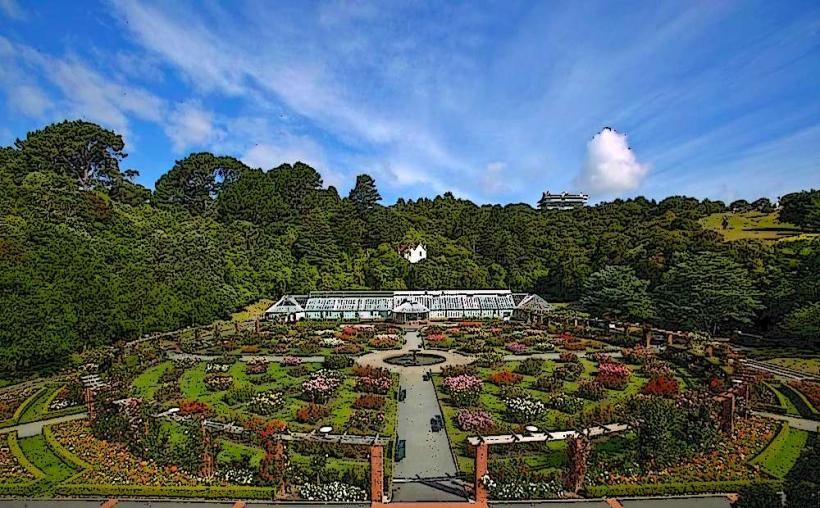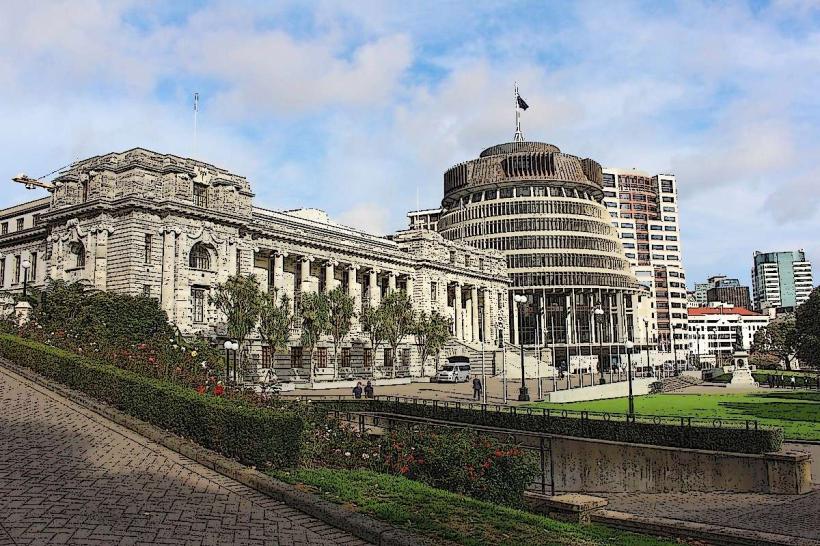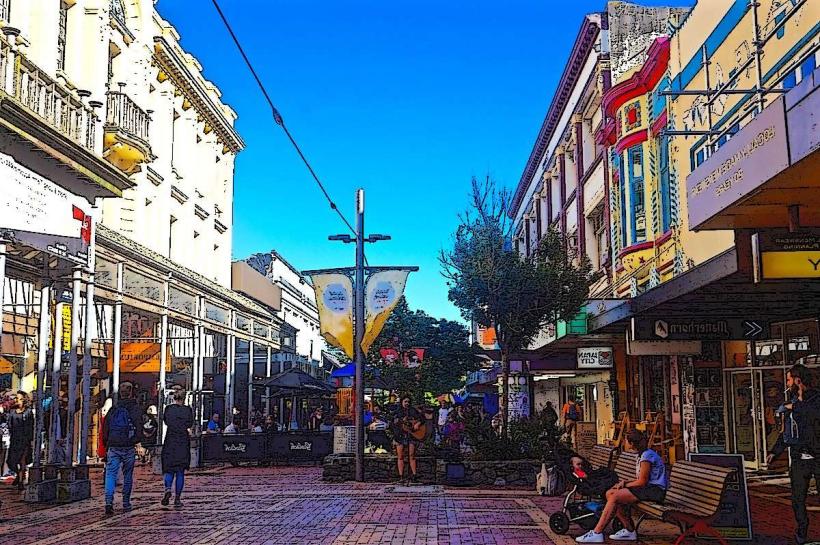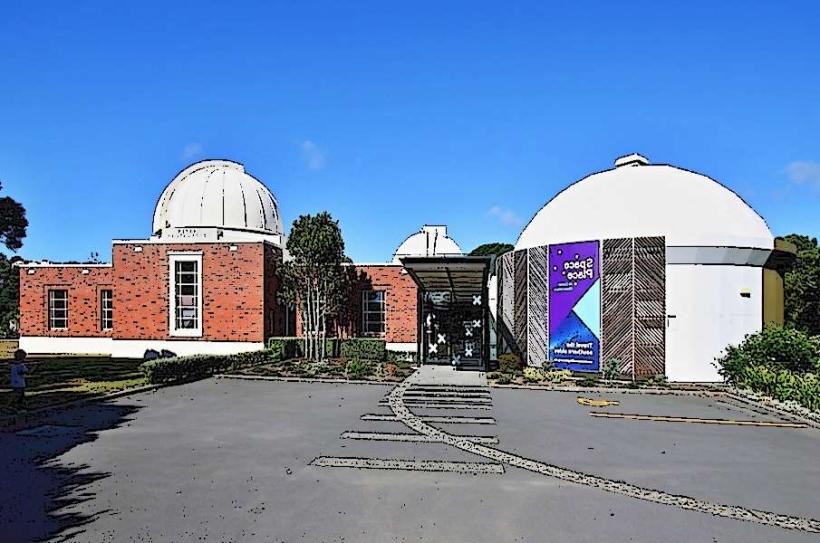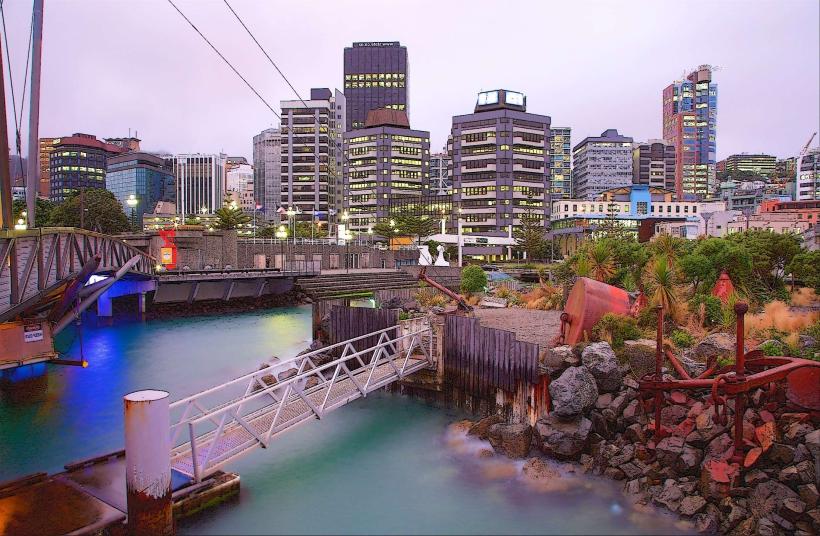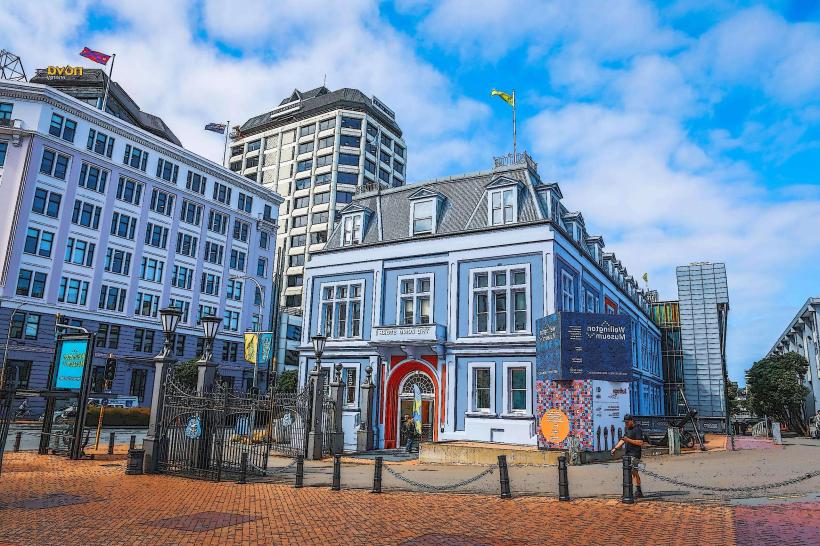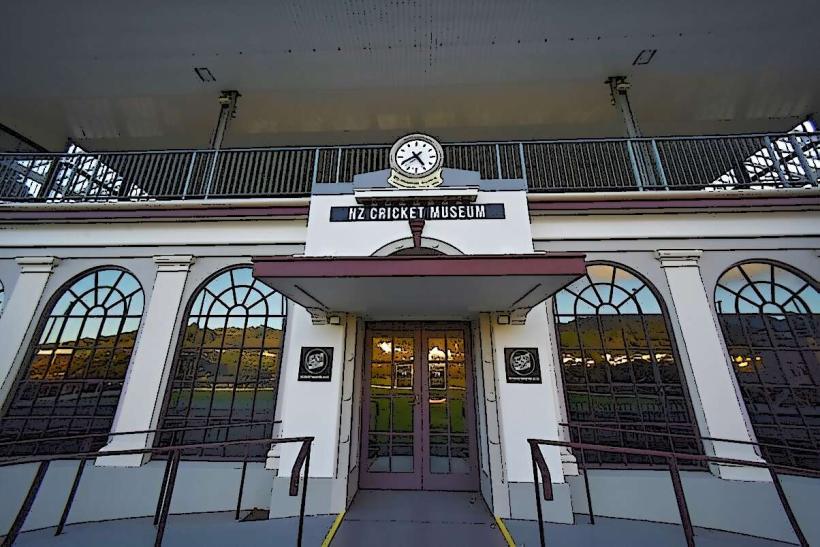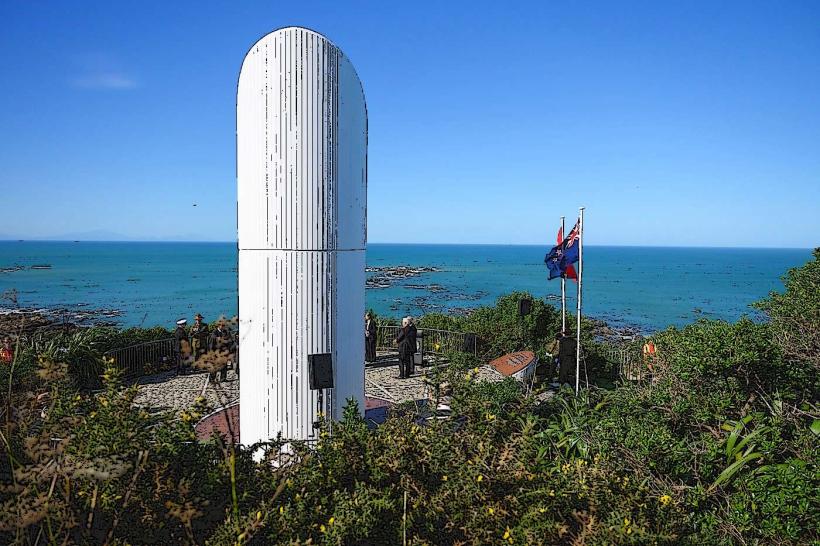Information
Landmark: Wellington ZooCity: Wellington
Country: New Zealand
Continent: Australia
Wellington Zoo is New Zealand's first zoo and is located in the Newtown suburb of Wellington. It offers a unique and educational experience for visitors, focusing on conservation, wildlife protection, and providing a safe environment for both native and exotic species. With a strong emphasis on sustainability and animal welfare, Wellington Zoo is an excellent destination for animal lovers and families alike.
Key Features of Wellington Zoo
1. Animal Exhibits
Wellington Zoo is home to a variety of native New Zealand animals as well as exotic species from around the world. Some of the key animals you can see include:
- Native New Zealand Wildlife:
- Kaka (a forest parrot).
- Takahe (a large, flightless bird).
- Little Blue Penguins.
- North Island Kaka.
- Eel species and Kiwi.
- Exotic Animals:
- Lions, tigers, and cheetahs.
- Capuchin monkeys, ring-tailed lemurs, and other primates.
- Giraffes, zebras, and warthogs.
- Red pandas and meerkats.
The zoo aims to introduce visitors to the fascinating animals of both New Zealand and around the world, educating them about the importance of wildlife conservation and the need to protect endangered species.
2. Animal Encounters
Wellington Zoo offers an array of interactive animal experiences for visitors who want a more hands-on encounter with the animals. These experiences include:
- Keeper for a Day: A behind-the-scenes experience where you can help animal keepers with their daily tasks and get up close to some of the zoo's animals.
- Animal Feedings: Visitors can watch or even participate in feeding certain animals, including giraffes and lions.
- Close Encounters: Special tours are available where you can interact directly with specific animals under the guidance of the zoo’s expert staff.
3. Conservation Efforts
Wellington Zoo has a strong focus on conservation, both locally and globally. Some of their key conservation projects include:
- Breeding programs: The zoo participates in breeding programs for endangered species such as the takake, kiwi, and New Zealand’s rarest reptiles.
- Animal welfare: The zoo is committed to providing high standards of care for all animals, ensuring their health and well-being.
- Community involvement: Wellington Zoo educates the public on the importance of wildlife conservation through school programs, educational workshops, and awareness campaigns.
- Sustainable Practices: The zoo is dedicated to sustainability and works toward becoming a zero-carbon facility. This includes energy-efficient buildings, waste reduction, and sustainable food sourcing.
4. Themed Zones and Areas
Wellington Zoo is organized into themed areas where animals are grouped according to their natural habitats. Some of these areas include:
- Wild and Free: This area showcases native New Zealand wildlife, including birds and reptiles in their natural settings.
- African Savannah: Home to giraffes, zebras, and cheetahs, mimicking the African savannah environment.
- The Tropics: Featuring a variety of rainforest animals such as monkeys and leopards in lush, tropical settings.
- Asian Rainforest: This zone houses animals like red pandas and Indian peafowls, offering a glimpse into the biodiversity of the Asian continent.
5. Education and Events
Wellington Zoo is an educational hub, offering numerous programs and events for school groups and general visitors. These include:
- School Programs: The zoo offers specialized educational experiences designed for children and school groups, focusing on wildlife, conservation, and environmental science.
- Zoo Talks and Demonstrations: Throughout the day, zoo staff provide educational talks and demonstrations about the animals, their habitats, and conservation issues.
- Special Events: The zoo regularly hosts special events such as Zoo Nights, holiday activities, and themed days designed to engage the public and raise awareness for conservation causes.
Visitor Experience
1. Best Time to Visit
- Summer (December to February): This is the peak tourist season, and the zoo is busiest during this time. It’s a great time to visit, as many of the animals are more active in the warmer weather, and special events often take place.
- Spring and Autumn: These seasons are less crowded, offering a more relaxed experience, and the weather is still mild enough for an enjoyable day out at the zoo.
- Winter: While the zoo is open year-round, some animals may be less active in colder months, and there are fewer outdoor events. However, it’s still a good option for those looking to avoid crowds.
2. Accessibility
- Location: Wellington Zoo is located in the Newtown suburb, just a 10-minute drive from Wellington city center. The zoo is nestled in a scenic valley, surrounded by native bush, offering a peaceful and immersive setting for visitors.
- Public Transport: The zoo is accessible via public buses from central Wellington. There are regular bus services that go to the zoo from key points in the city.
- Parking: There is ample on-site parking at the zoo, making it easy for visitors to access the zoo by car.
3. Admission Fees
Admission to Wellington Zoo varies depending on the type of visitor. As a general guide:
- Adults: Around NZD 20-30.
- Children: Discounted rates for children, typically around NZD 10-15.
- Family passes: Family passes are available, which offer discounts for groups.
- Keeper experiences and special tours are additional, with pricing depending on the type of experience.
Tickets can typically be purchased online or at the zoo’s entrance.
4. Amenities
- Café and Gift Shop: The zoo has a café where visitors can enjoy a variety of snacks, meals, and beverages. It also has a gift shop offering a range of souvenirs, including animal-themed merchandise, books, and educational toys for kids.
- Picnic Areas: There are designated picnic areas within the zoo, allowing visitors to relax and enjoy lunch surrounded by nature.
How to Get There
- By Car: Wellington Zoo is a short drive from the city center. There is plenty of parking available at the zoo.
- Public Transport: The zoo is well-served by bus routes, making it easy to access without a car.
- Walking: If you enjoy walking, you can take a scenic route through Wellington’s streets to reach the zoo.
Conclusion
Wellington Zoo offers an engaging and informative experience for people of all ages. With its focus on conservation, animal welfare, and education, it provides a meaningful opportunity to connect with wildlife and learn about the challenges of protecting species from around the world. Whether you're interested in seeing native New Zealand animals, exotic creatures, or getting involved in interactive experiences, Wellington Zoo is a must-visit destination for anyone in the Wellington area.

